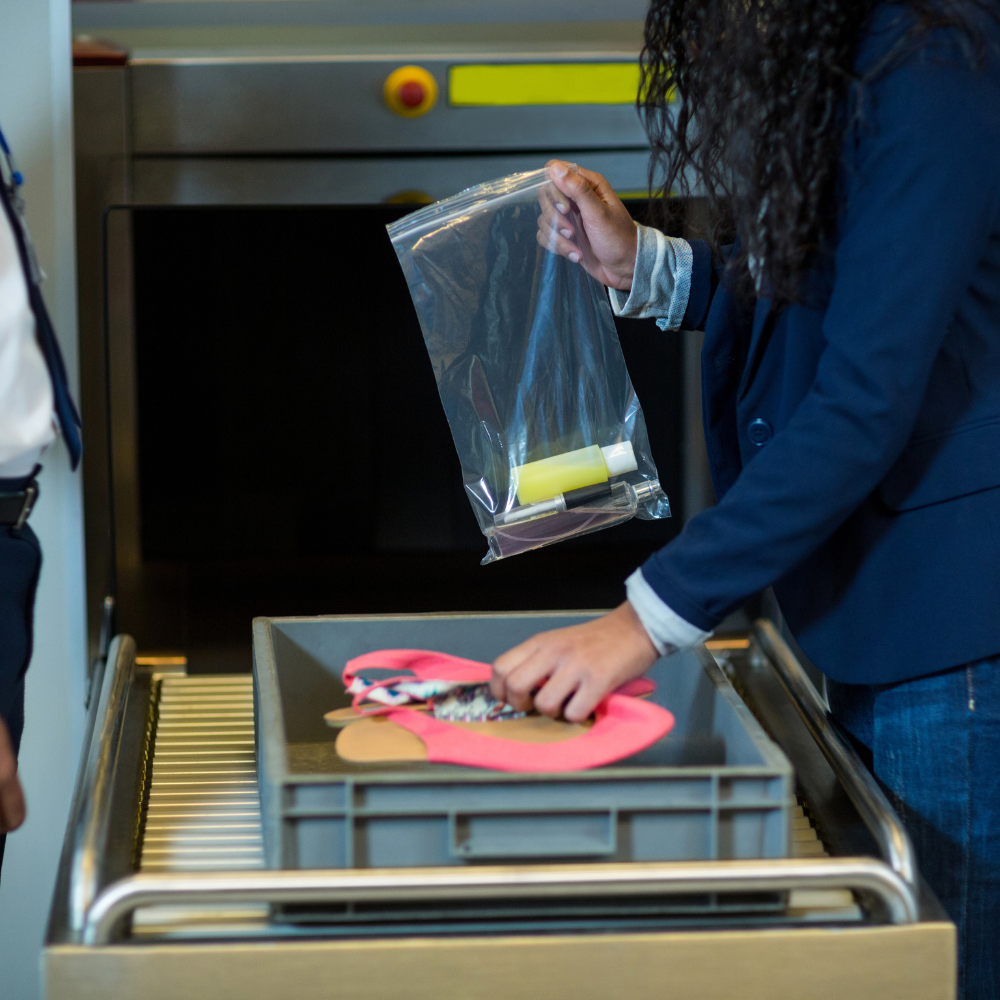
Nearly 300 orphans trapped in the crossfire in the capital of Sudan have been rescued by humanitarian workers in a daring and perilous evacuation.
The evacuations were conducted after 67 children died at the Mygoma orphanage in Khartoum. As fighting prevented staff from accessing the orphanage, they perished from hunger, dehydration, and infections.
Since 15 April, Khartoum has been subject to daily air bombardment and intense fighting between rival forces. The orphanage is located in a region where the military and the paramilitary Rapid Support Forces (RSF) have engaged in intense combat.
297 children, approximately 200 of whom were under the age of two, were transported via road to the relative protection of Wad Madani in the south of Sudan. A group of local activists evacuated 95 additional children over the weekend, both from the Mygoma orphanage and from lesser facilities throughout the capital.
In April, the state-run Mygoma orphanage was home to approximately 400 children. It became too risky for many doctors and caregivers to access the orphanage in order to care for the children.
Temperatures as high as 43 degrees Celsius were intolerable due to power and water outages. Children, particularly the youngest, began to die. The UN agency for children, Unicef, reported that 67 orphans died in Mygoma since April 15th. It was difficult for local activists and international aid organizations to remove the children from the warzone.
In the Saudi city of Jeddah, ceasefire negotiations had broken down and large-scale fighting had resumed. It was difficult to gain secure access to the orphanage and to leave Khartoum due to a lack of communication between the warring parties' command structures. Transporting hundreds of infants and children posed a formidable logistical challenge. But Sadeia claims there was no other option.
Heba Abdullah, a caretaker from the orphanage who accompanied the children on their journey, explains that they were rescued from certain death and delivered to a future that I hope will be more favorable. She organized a private evacuation for the elder children, ages four to fifteen, with a handful of local activists.
During the conflict, this first convoy of minibusses departed, passing through several checkpoints. A message to the militias was written on a bedsheet and attached to the front of the first minibus: "There are children on board." A school in the town of al-Hasaheisa, south of Khartoum, welcomed the delegation. However, beyond the shelter and sustenance provided by the locals, the children received very little assistance.
The most difficult operation involved extracting the younger ones. Local volunteers, the International Committee of the Red Cross (ICRC), and Unicef coordinated a bus convoy from Khartoum with the Sudanese health ministry. It was a grueling four-hour journey with distant sounds of combat.
After six weeks of confinement in a war zone, the majority of the children were severely malnourished. An estimated thirteen million children have been affected by the conflict, and as the fighting continues, prospects for a swift and peaceful resolution are diminishing. The orphans' evacuation, according to Ms. Eagleton, was a much-needed ray of hope.



